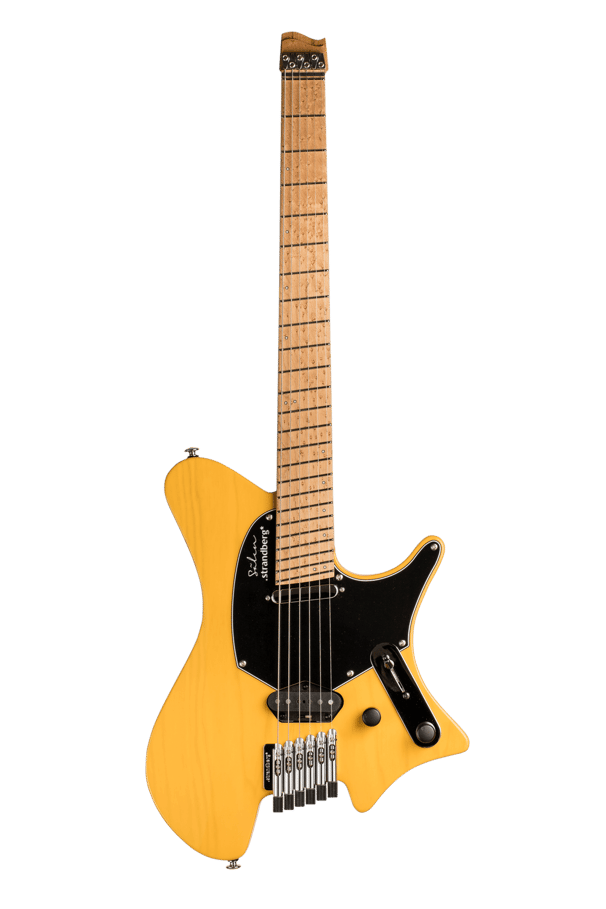That’s what I see too. @tommo, I also notice that there’s a pretty big gap between your elbow and your torso. I think conventional wisdom for “classical” posture (someone correct me if I’m wrong), is for the elbow to stay closer to the torso, with reach toward the nut achieved by external/lateral rotation of the shoulder (versus abduction of the shoulder).
I mean, what you’ve been doing has produced great results, so I take it you’re only investigating this academically, or to better understand the hows and whys of what works for other people.
Edit: I don’t think anybody does “strict” shoulder abduction when they fret toward the nut, it will always be some blend of external rotation and abduction, so it’s more a matter of proportions. And I may have underestimated how much external rotation you’re doing (your “seated, classical” photo has a major shouder external rotation component, though you still seem to have quite a lot of abduction going on with the fretting shoulder too).
Further to what @kgk said, I think the many hours you put in seated with the guitar on your right leg habituated you to a fretting arm setup that was optimized for that guitar position and orientation (guitar offset to the right, neck pointed out from your chest to a significant degree).
I mostly practice standing. When I sit, I sit with guitar on the left leg and reach toward the nut via external shoulder rotation. I thought of myself as facing forward, but motivated by this thread, I examined more carefully and found I do rotate my torso slightly to the left. In my case, that torso rotation doesn’t result in any discomfort. When I try putting the guitar on my right leg, I find that reaching toward the nut via shoulder abduction becomes more comfortable than reaching via shoulder external rotation.
I also suspect that reaching toward the nut via shoulder external rotation help keep the elbow further “forward” than reaching toward the nut via shoulder abduction. This may help with keeping the wrist straight, and some casual google image searching of famous classical players seems to show a tendency for the forearm to approach the neck “from below” rather than “from behind”, at least relative to most rock players. It seems to me that approaching “from below” would make it easier to keep the wrist “straight” relative to the forearm, especially when fretting the lower pitch strings.
Final thought: reaching toward the nut via shoulder external rotation will mean that the angle of the hand will be different when fretting closer to the nut than closer to the 24th fret, while reaching via shoulder abduction should result in a more consistent hand angle. Open to opinions on whether one is better than the other, or if it really matters.

 ] is to alternate between standing and the performaxe position.
] is to alternate between standing and the performaxe position.





